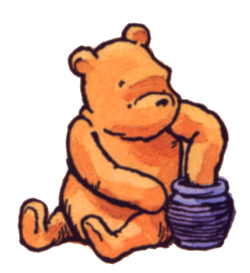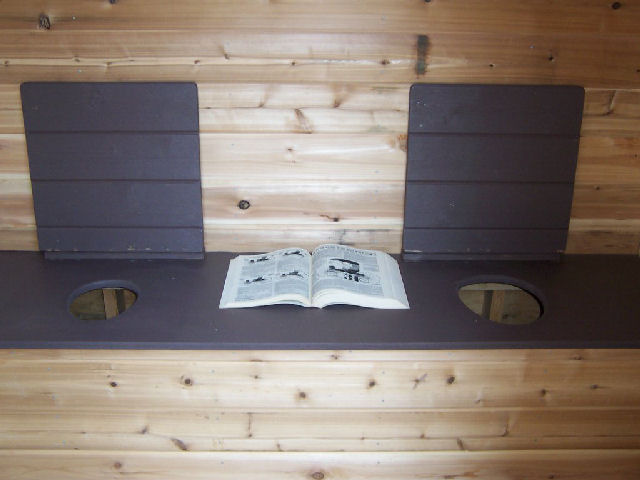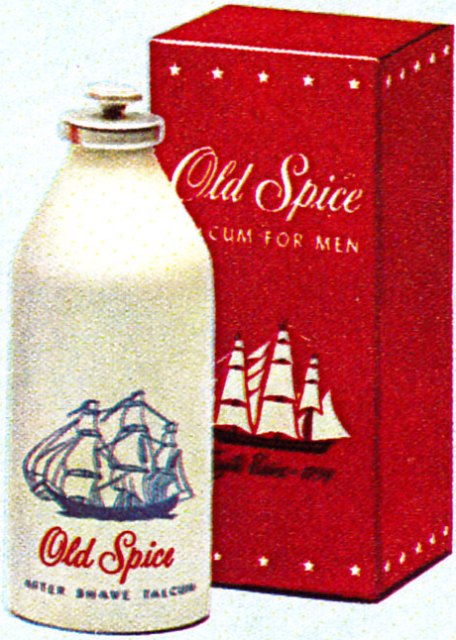Take a look at the following list of Mr. Browne's precepts and quotes from the story. How would you explain what they mean? How would you illustrate the truths that each one states? How might the message of these precepts and quotes apply to our lives in class, in school, at home, and in our community?
As we discuss these quotes further, you will choose one to explain in more detail. We are making a display in the hallway of our explanations. Your poster should include the quote itself, illustrations of what that quote looks like, and if needed, additional explanation of what it means to you.
Before you start, think about these things.
- These will be on display in the hall. Show others in school your best work.
- Write neatly.
- Plan ahead. Make a sketch. Rough drafts aren't only for writing. They work for posters too.
- Put in the effort necessary to do you best.
- Make the lesson clear to others. We learned a lot from Wonder. Help others learn from Wonder too by making your message clear and easy to understand.
And now, here are the quotes:
- "When given the choice between being right or being kind, choose kind." —Dr. Wayne Dyer
- "Your deeds are your monuments." —Inscription on ancient Egyptian tomb
- "Have no friends not equal to yourself." —Confucius
- "Fortune favors the bold." —Virgil
- "No man is an island, entire of itself." —John Donne
- "It is better to know some of the questions than all of the answers." —James Thurber
- "Kind words do not cost much. Yet they accomplish much." —Blaise Pascal
- "What is beautiful is good, and who is good will soon be beautiful." —Sappho
- "Do all the good you can, by all the means you can, in all the ways you can, in all the places you can, at all the times you can, to all the people you can, as long as you ever can." —John Wesley
- "Just follow the day and reach for the sun." —The Polyphonic Spree
- "Everyone deserves a standing ovation because we all overcometh the world." —Auggie Pullman
- “Courage. Kindness. Friendship. Character. These are the qualities that define us as human beings, and propel us, on occasion, to greatness.” —Mr. Tushman
- “Now that I look back, I don't know why I was so stressed about it all this time. Funny how sometimes you worry a lot about something and it turns out to be nothing.” —Auggie Pullman
- “Sometimes you don't have to mean to hurt someone to hurt someone.” —Wonder
- "Don't try too hard to be cool. It always shows, and that's uncool.” —Amos Conti
- “Learning who you are is what you're here to do.” —Mr. Browne
- “It’s not enough to be friendly. You have to be a friend.” —Charlotte
- “We carry with us, as human beings, not just the capacity to be kind, but the very choice of kindness.” —Mr. Tushman
- “What's cool about really little kids is that they don't say stuff to try to hurt your feelings. . . Big kids, though: they know what they're saying.” —Auggie
- "Shall we make a new rule of life from tonight: always try to be a little kinder than necessary." —J. M. Barrie
- "Don't judge a
bookboy byits coverhis face." —Wonder
Here are two examples from Mr. W. The first one uses a picture to help show the meaning. The second uses words to explain the meaning and the pictures are used mainly to decorate the poster.



.JPG)


















.jpg/200px-Frankenstein's_monster_(Boris_Karloff).jpg)




























